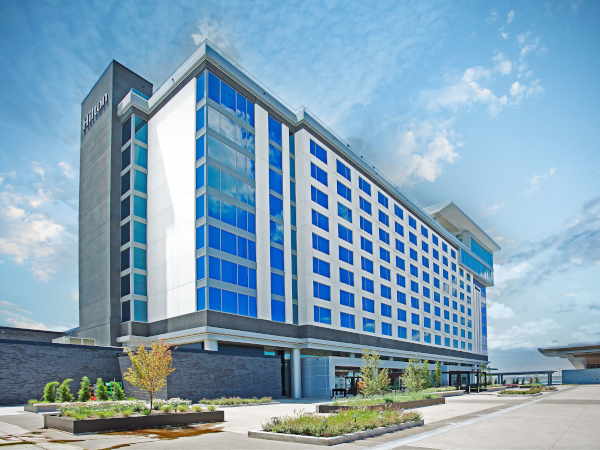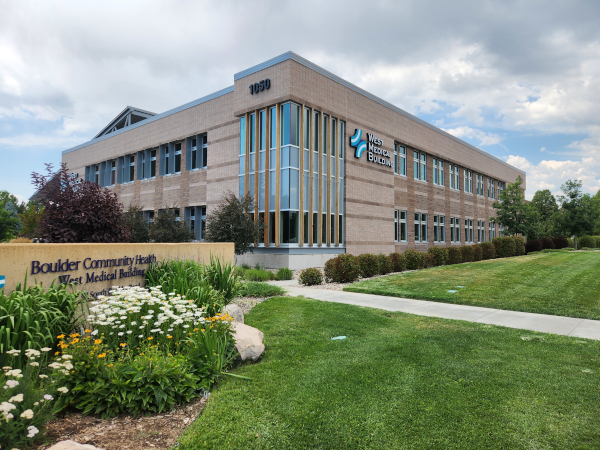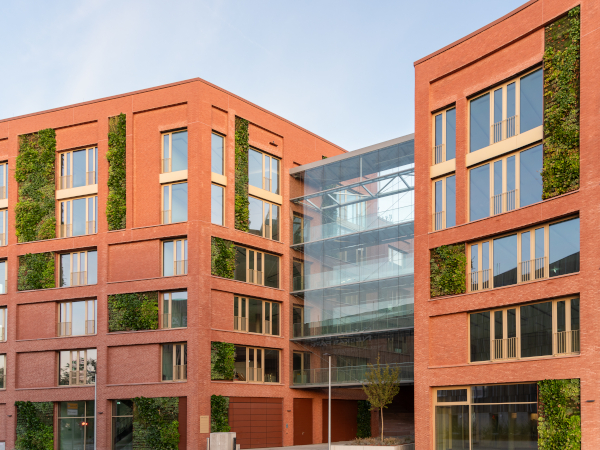Date: 18 September 2014
His presentation, “California Regulatory Proceedings Impacting the Nation,” discussed how California’s energy policy is driving the market to time-of-use energy pricing, incentivizing ways to reduce peak load and detailing how the policy impacts energy choices in buildings.The California Energy Commission has a number of proposals for the 2016 Energy Code, bearing in mind the eventual goal of getting the state of California to Zero Energy by 2020.These include using high-performance attics and walls, LED lighting and 0.82 Energy Factor water heaters.
Hodgson pointed out that Time-Dependent Value energy is more expensive at different times of day, such as between 5 p.m. and 7 p.m. in the summer after residents get home and turn on air conditioning in the West and Southern zones.
The trend toward larger homes on smaller lots is resulting in HVAC units being placed within the attic space, noted Hodgson. This is problematic, since the typical attic in that early evening timeframe reaches 140 degrees. High-performance attics feature above or below roof-deck insulation and vented attic design to combat extreme temperatures. High-performance walls, which may prompt changes to window installation instructions or frame design to accommodate the necessary 1-inch stucco and 2-inch exterior foam sheathing, have also been proposed.
He added that performance-based codes are also critical. Builders choose what the market demands, i.e. homeowner choices, and what is practical and deemed cost-effective by the builders to install.
“There is still time to participate [in rule-making proceedings],” emphasized Hodgson. He stressed that this is an important time to get involved.
The California code often influences national code, according to Hodgson. Code in California are moving to reflect utility actual costs and will allow trades between envelope and equipment energy-efficiency features – and eventually renewables.
“Renewables will get us to Zero Energy by 2020,” Hodgson concluded.
* About the Speaker *
Hodgson founded ConSol in 1983. He has more than three decades’ worth of experience in making new and existing buildings more energy efficient. He has positioned ConSol as the building owners’ energy advocate at the local, state and national levels. Hodgson has worked extensively in resource utilization, market research and assisting in the development of energy regulations. Hodgson led the development and implementation of ComfortWise®, the largest new construction above code program in California.
More recently, he took part in the creation of the Green Builder Guidelines. In 2007, Hodgson served on the International Code Council’s consensus committee that developed the National Green Building Standards -ANSI 700 (NGBS), the nation’s first consensus standard for green building. Hodgson chaired the revision of the NGBS energy chapter during 2011 and 2012.
More information about AAMA and its activities can be found via the AAMA Media Relations page or on the AAMA website, http://www.aamanet.org.
AAMA is the source of performance standards, product certification, and educational programs for the fenestration industry.(SM)
###









Add new comment